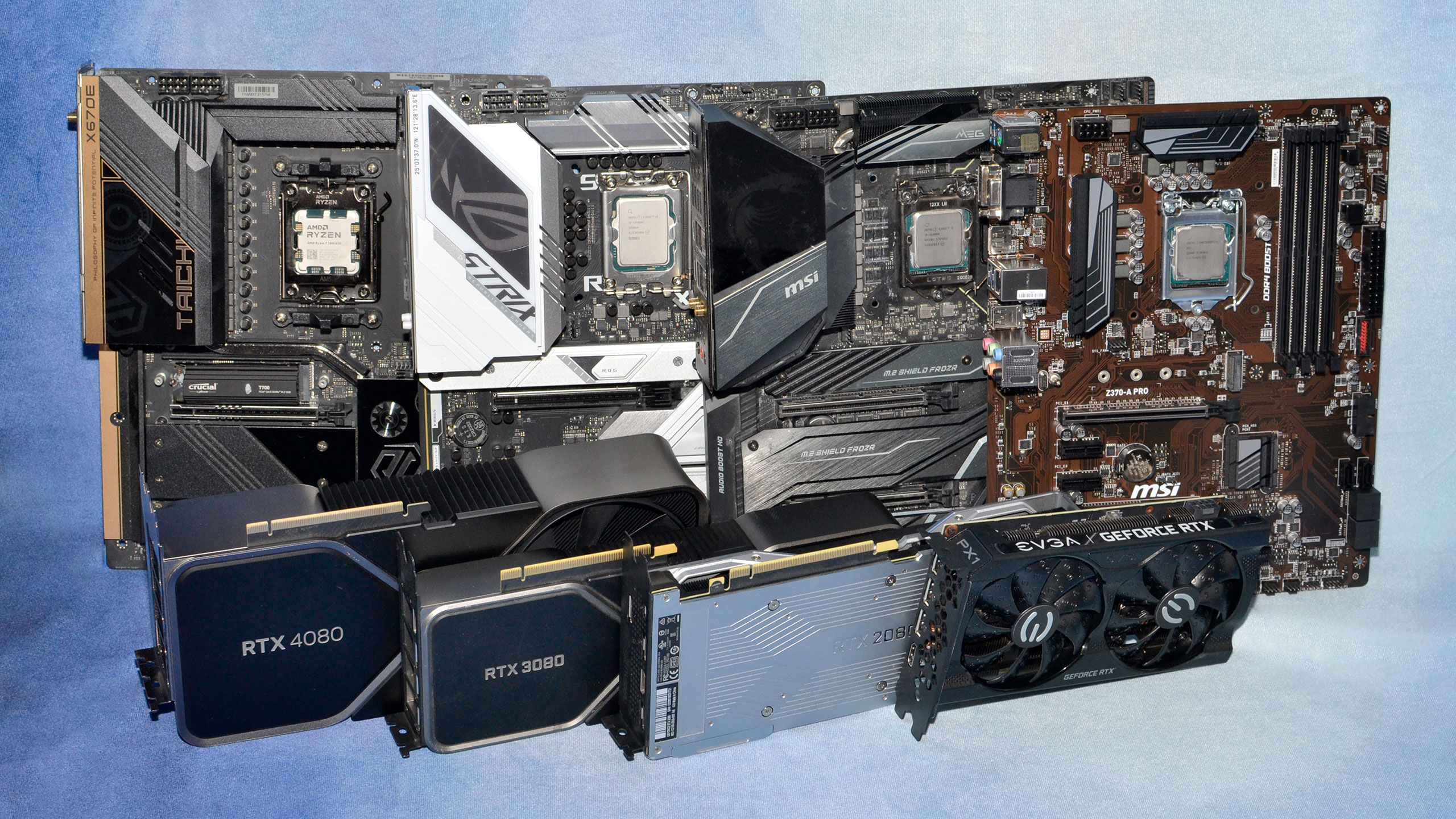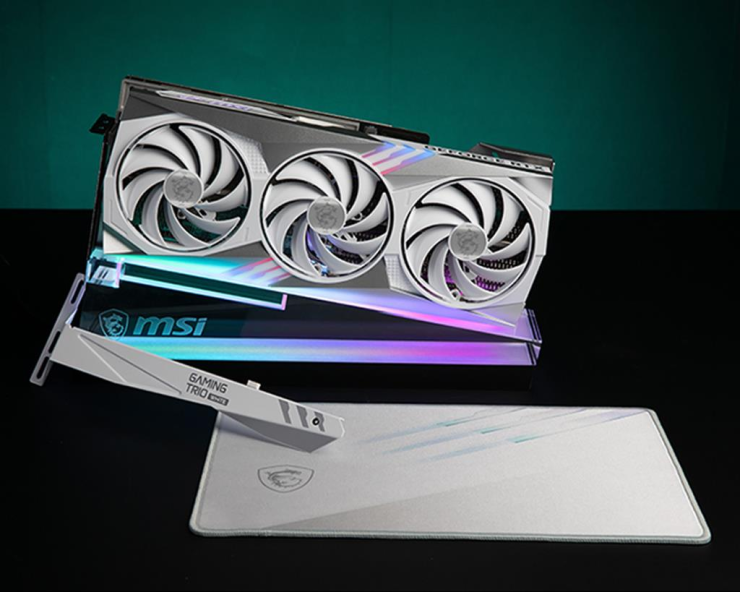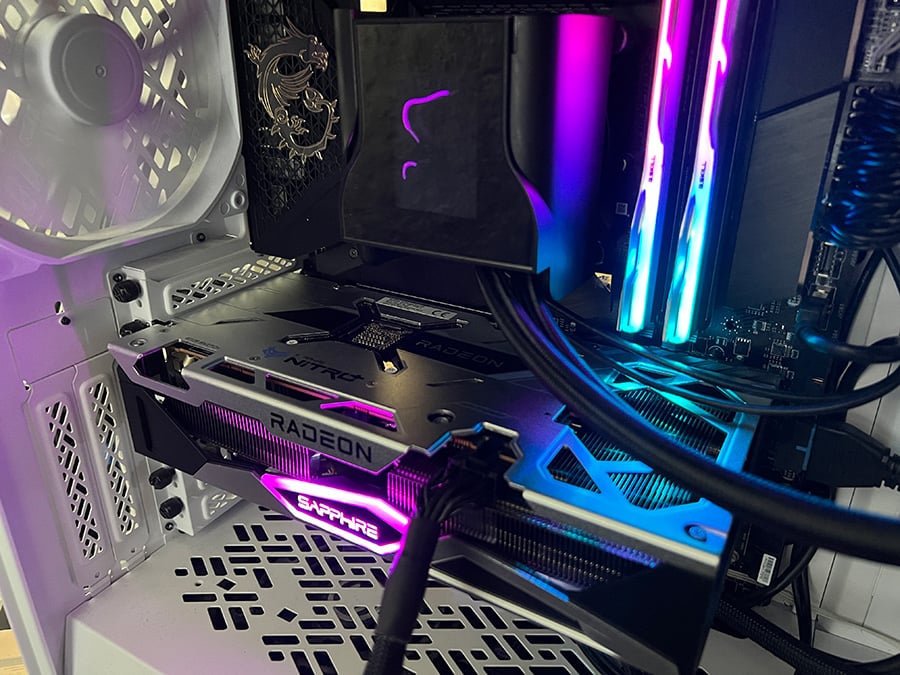If you’re building or upgrading a PC, you might wonder: Can I use an AMD CPU with an NVIDIA GPU? The short answer is yes, absolutely! In fact, this combo is not only compatible but also widely popular among gamers, content creators, and professionals.
In this article, we’ll explain why pairing an AMD processor with an NVIDIA graphics card is a smart choice, how to set it up, and what performance you can expect. Whether you’re a PC enthusiast or a first-time builder, here’s everything you need to know about this powerful combo.
Yes. AMD CPUs and NVIDIA GPUs are fully compatible with each other. You can pair any modern AMD Ryzen or Athlon processor with an NVIDIA GeForce graphics card without any issues. Both brands follow industry standards, and your motherboard is the real bridge between the CPU and GPU—not the brand names.

There are several good reasons to combine an AMD CPU with an NVIDIA GPU, especially for gaming, video editing, and AI-related tasks.
- AMD offers high core-count, high-performance CPUs at competitive prices.
- NVIDIA leads the market in graphics technology with superior ray tracing, DLSS (Deep Learning Super Sampling), and CUDA cores for productivity tasks.
- Ryzen 5, Ryzen 7, and Ryzen 9 CPUs perform exceptionally well in gaming.
- NVIDIA GPUs like the RTX 3060, 4070, or 4090 deliver outstanding graphics and frame rates.
- Together, they create a balanced and high-performance gaming PC.
- AMD CPUs are known for multitasking due to higher thread counts.
- NVIDIA’s NVENC encoder is perfect for smooth game streaming or content creation.
- AMD and NVIDIA drivers work independently without interference.
- You just install AMD’s chipset driver and NVIDIA’s GPU driver—no compatibility issues.
Here are some popular and powerful AMD CPU + NVIDIA GPU pairings for different budgets:
| Use Case | AMD CPU | NVIDIA GPU | Performance Level |
| Budget Gaming | Ryzen 5 5600 | GTX 1660 Super | 1080p High Settings |
| Mid-Range Gaming | Ryzen 5 7600 | RTX 3060 Ti | 1440p Ultra Settings |
| High-End Gaming | Ryzen 7 7800X3D | RTX 4070 Super | 1440p/4K High FPS |
| Pro-Level/Content Creation | Ryzen 9 7950X | RTX 4090 | 4K Gaming / 3D Rendering |
Setting up this combo is just like any standard PC build:
- AMD CPUs require AM4 or AM5 socket motherboards (e.g., B550, X570, B650, X670).
- Make sure the motherboard has a PCIe x16 slot for your NVIDIA GPU.
- Download and install AMD chipset drivers from AMD’s official website.
- Install NVIDIA GeForce Game Ready drivers from NVIDIA’s site.
- Enable XMP for RAM speed.
- Update BIOS for latest CPU support and performance boosts.
- AMD Ryzen Master for CPU monitoring and overclocking.
- NVIDIA GeForce Experience for GPU optimization and driver updates.

Pairing AMD CPUs with NVIDIA GPUs yields impressive performance in both gaming and professional workloads:
- Gaming: Ryzen 7 7800X3D + RTX 4070 runs most AAA games at 1440p Ultra with over 100+ FPS.
- Video Editing: Ryzen 9 7950X + RTX 4090 handles 4K timelines in Premiere Pro smoothly.
- Streaming: Ryzen 5 7600 + RTX 3060 offers lag-free gameplay and streaming at 1080p/60fps.
There’s a common myth that pairing an AMD CPU with an AMD GPU is somehow “better.” While there are some small efficiency benefits in AMD’s Smart Access Memory (SAM), the performance difference is usually minor. NVIDIA’s GPUs often outperform AMD’s in real-world tests—especially in ray tracing and DLSS scenarios.
So unless you’re trying to build an all-AMD system for loyalty or cost-saving reasons, NVIDIA GPUs are an excellent choice for AMD-powered builds.
- High performance at lower cost
- Compatibility with all modern games and software
- Excellent power efficiency (especially with Ryzen CPUs)
- Wide range of motherboards and upgrade paths
- No Smart Access Memory (SAM) unless using an AMD GPU
- Slight driver ecosystem separation (you’ll need both AMD and NVIDIA software)
It depends on the specific CPU and GPU pairing. As long as you pair a modern AMD CPU (like Ryzen 5 or higher) with an appropriate NVIDIA GPU, bottlenecking is unlikely. For example, a Ryzen 5 5600 will work well with an RTX 3060, but pairing it with an RTX 4090 could cause a slight CPU bottleneck.
No, you don’t need a special motherboard. Just make sure the motherboard supports your AMD CPU (AM4 or AM5 socket) and has a PCIe x16 slot for your NVIDIA GPU. Popular chipsets like B550, X570, B650, and X670 all support this combination.
Not necessarily. While AMD Smart Access Memory (SAM) can boost performance slightly with AMD GPUs, NVIDIA GPUs usually deliver better performance, especially in ray tracing and DLSS-enabled games. An AMD CPU paired with an NVIDIA GPU is a highly competitive setup for gaming.
No, there are no driver conflicts. AMD chipset drivers and NVIDIA GPU drivers are separate and fully compatible. Just install each from the official websites, and they will work seamlessly in Windows or Linux environments.
Yes, DLSS (Deep Learning Super Sampling) is a feature of NVIDIA GPUs and works independently of the CPU. Whether you use an AMD or Intel processor, DLSS will function as long as you have a compatible RTX series GPU.
Absolutely. AMD CPUs, especially the Ryzen 7 and Ryzen 9 series, offer high core counts ideal for multitasking and rendering. Combined with NVIDIA’s CUDA cores and excellent GPU acceleration in creative software like Adobe Premiere Pro, this pairing is excellent for professional workloads.
Using an AMD CPU with an NVIDIA GPU is not only possible—it’s one of the best and most popular configurations in PC gaming and productivity today. Whether you’re building a budget-friendly rig or a high-end workstation, this combo gives you the flexibility, power, and future-proofing you need. If you’re looking for top-tier gaming performance, excellent multitasking, or content creation power, an AMD CPU + NVIDIA GPU setup is a no-brainer.
- Gpu Reset – What It Is, When You Need It, and How to Do It!
- Gpu Making Ssd To Hot – Here’s What’s Happening and How to Fix It!
- Gpu Fast Winding Number – A Simple Guide to High-Speed Geometry Processing!
